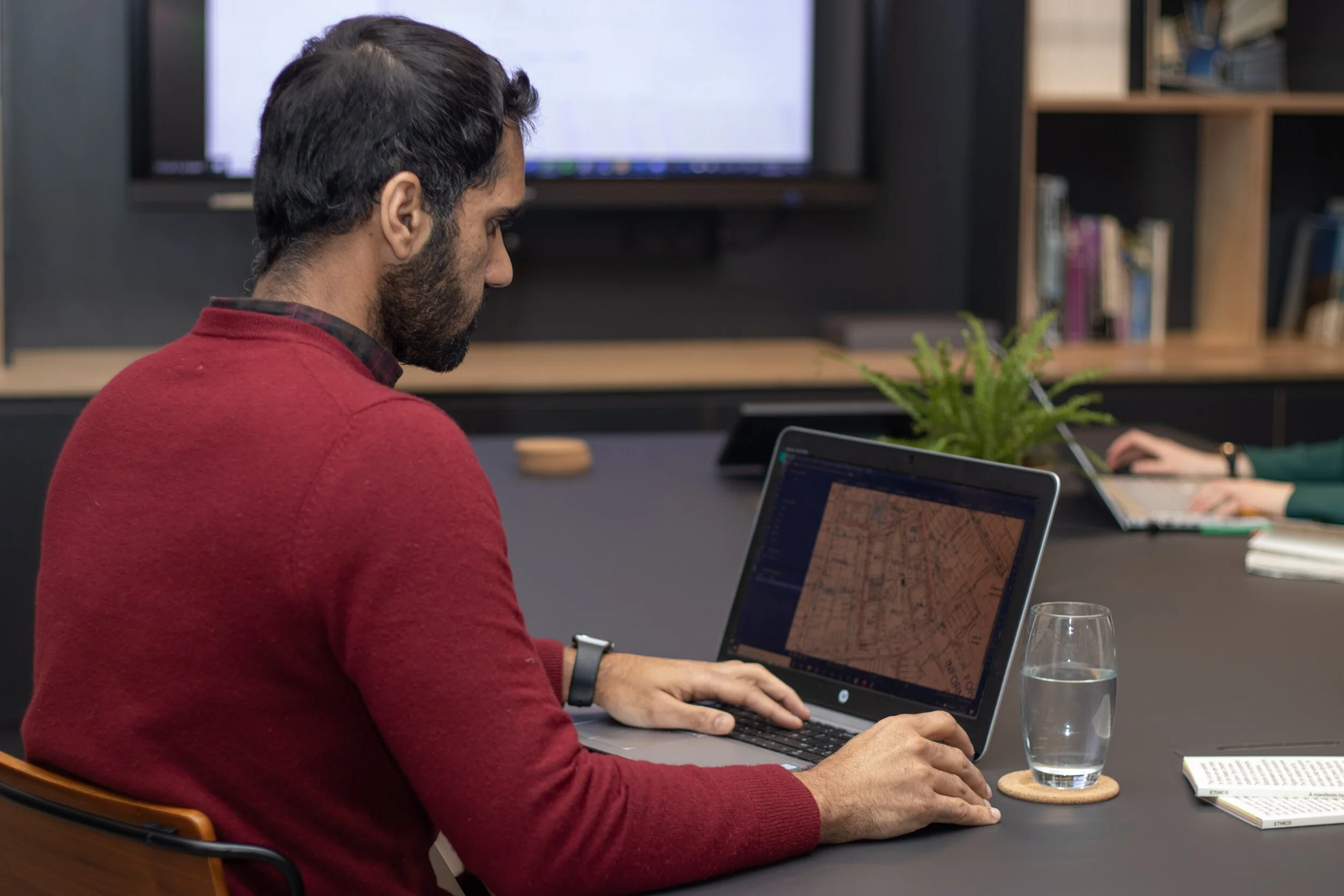RCDC CAME OUT OF FRUSTRATION
Frustration at the speed of change and lack of innovation within the construction industry. Frustration at the slow progress in delivering truly innovative buildings. Frustration at the slow uptake of digital design within the industry.
RCDC has a simple mission. We want to make a positive difference. We want the work that we do to have a positive lasting impact. We strongly believe that the way things are done currently within the construction industry can be improved, and want to be a part of that change, driving improvement through the work we do.
We mean to define a new approach to design for construction. We have three principals which we think are key to this new approach. Sustainable, Digital, Innovative.
The first of these is a key part of our identity: we want to be truly sustainable in what we design. Our standard approach to design involves going beyond building regulations and planning requirements in order to give clients the data and information they require to make informed decisions.
This data is driven by our digital approach to design. Our design work is being embedded into a series of programmed codes, to allow us to spend our time analysing and optimising designs. This review of design allows us to develop novel new design solutions.
Innovation is our third key principle. Our current approach is fundamentally unsustainable. Construction and building energy usage is a major contributor to rising CO2 levels around the world. We need new, innovative approaches to design, to reverse this continuing trend.
We are highly aware we cannot do this on our own, which is why collaboration is a key aspect of our approach to our work. Building up the required skill set is another key factor, and we spend significant time on our staff (our most important asset) to ensure they have all the training and experience required to achieve our goals.
These are big ambitions for a small consultancy! And whilst we certainly are aware of that fact, we don't believe we should aim for any less.
WE DON’T BREAK THE MOULD, WE MAKE THE MOULD
OUR PRINCIPLES
INNOVATIVE
The Construction industry has historically been comparitively slow to react to change. There are many reasons for this including long project life cycles and conservative attitudes to risk. We believe innovation is required to change the construction industry to meet the sustainability challenges it faces. We are driving this change by encouraging staff to pursue innovative ideas and approaches, working closely with an number of universities, and continuing to push the boundaries of design.
SUSTAINABLE
Climate change is threat to our way of life. We feel that current legislation falls short of providing the necessary drive to change the way in which we design and build. This puts the onus onto engineers, architects, designers, manufacturers, and clients, to make the positive decisions required to accomplish the required change. We want to work with those clients and teams who are interested in achieving these goals.
DIGITAL
Digital tools are becoming more standardised within the construction industry, however, there are opportunities to improve how we approach design and construction through fully embracing the power of these tools. For some companies this means working with BIM, we believe it is much more than that. Utilising parametric and generative design codes can free engineers time to focus on design team collaboration and design optimisation, providing a better end product.
OUR APPROACH
Skills & Process
The skills of the engineer are key, but just as important are the processes that are applied during various stages of a project. Intelligent process control, especially when powered by digital tools, frees up engineers time to focus on less menial calculation tasks, and more on the design strategies that could be applied. This also allows for more time to keep skills and knowledge up to date, and apply these skills to the projects
Collaboration
The complex nature of construction projects means collaboration is a key part of the success of any project. An important part of this is the attitude towards collaboration. Our attitude is that if any element of the design team has failed, then we have all failed, and therefore it is important to work with positively with all elements of the design team to work towards solutions




